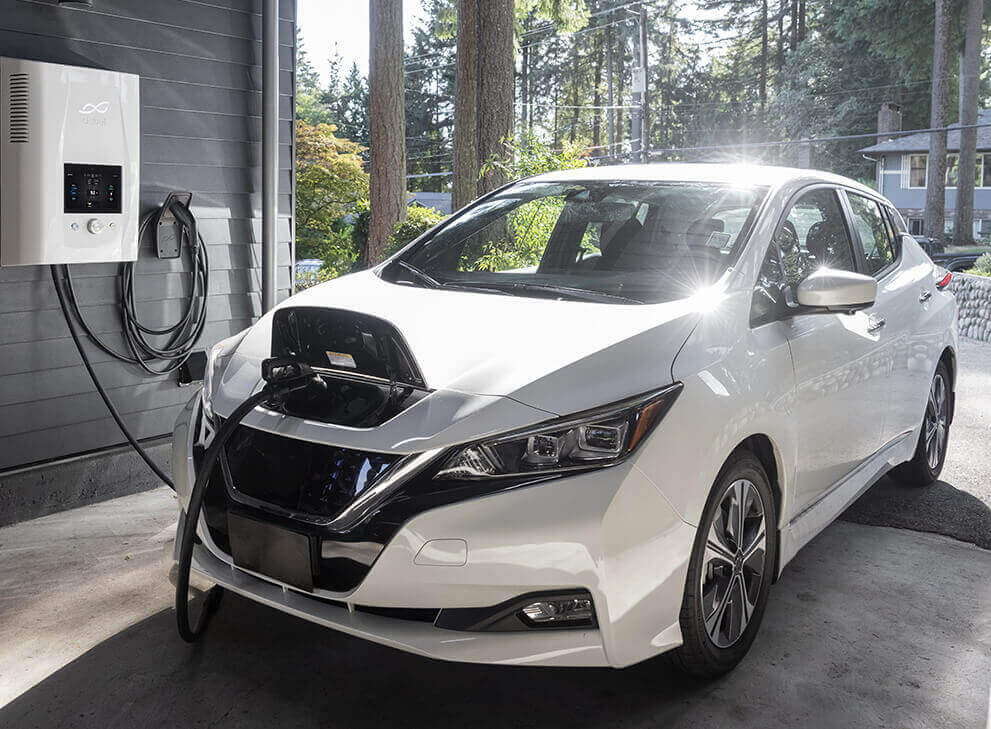
Used EV Buying Guide: Here are 7 Things to Consider
Success of electric vehicle adoption is not limited to buying new cars off the showroom, but also on the used car market as well. As a brand-new electric car commands a higher premium over its ICE equivalent, however the used car market provides an alternative to those willing to switch to fully electric vehicles without breaking the bank. It can be a more sensible alternative for those who cannot splurge on extra cash, and for people looking to get the most bang for their buck. In many instances, a used EV can be better value compared to buying a new one. If you are buying a used electric car, here are a few things to consider.
Your Requirements and Use Cases
Like purchasing a new EV, it's important to assess your total annual mileage which includes your daily commute or errands, and occasional long-distance journeys. Understanding the distance your EV needs to cover between charges is a crucial metric to ensure the car suits your lifestyle, and accordingly alleviate range anxiety by selecting the right EV for your needs. Researching charging infrastructure along your typical routes provides clarity on availability of chargers via Google Maps or Plugshare will make your experience seamless and save the anxiety of finding a charger at the last minute. Furthermore, calculating charging intervals based on your average commute and real-world range helps to estimate a suitable charging routine.
For prospective owners unsure about their average daily commute and annual running, a simple exercise of maintaining a record of daily commutes over 2-3 months helps to determine average distances traveled, including occasional trips, ensuring your EV meets your usage requirements effectively.
Charging Connector
Depending on the geographical location and manufacturers, BEVs tend to have different charging connectors. These charging connectors are similar to USB-C and Apple connectors used to charge your phones, however EVs have their own set of charging connectors, such as CCS (Combined Charging System) and NACS (North American Charging Standard), or Tesla connector, which are compatible with specific charging stations and vehicles.
Knowing the charging connector on the EV you’ve shortlisted will help you in purchasing the right charger or provide the convenience of not buying another wall box charger if you already own a BEV. Most importantly, it gives you access to public chargers.
Although the charging connectors are standardized, buying an EV with a less widely used connector such as ChaDeMo in earlier Nissan Leafs will limit your ability to use your car for longer journeys or, in the worst case, end up with limited charger accessibilities.
Charging Options
Having a three-pin socket or wall box charger installed at your home will offer greater control over your charging experience. Although both charging methods above take longer to charge compared to DC-fast chargers, a wall box charger will suffice for daily use. According to a recent press release of J.D Power and Associates for their 2023 Electric Vehicle Consideration Study states that 85% of times owners in the US charge their electric vehicles at home. Tata Motors shared a similar number in India recently highlighting that most EV owners charged their vehicles at home as high as 93% of the time. This percentage from Tata Motors becomes essential to highlight despite geographic locations as it shows even with a claimed range of 312 km (193.8 miles) for the Nexon Prime and 453km (281.48 miles) for the Nexon EV Max, still proves the fact that EVs with limited range and charging capabilities can still fit into their owner’s lifestyle and requirements.
Charging your EVs at home with an installed wall box charger or three-pin socket will give owners more control over charging. In addition, limit DC fast charging for situations when absolutely needed such as intercity travelling or getting to another charger just before running out of charge. Lastly, the slower your EVs are charged and keeping it within a manufacturer recommended operating range stated in the owner’s manual are couple of practices that will help extend the service life of your batteries. The operating range varies across manufacturers, refer to the owner’s manual of the vehicle and adhere to the numbers recommended in the owner’s manual.
Battery Health
The single most expensive component of an EV is the battery pack which determines the value of the car. Although the age and kilometers on the odometer do play a part, battery health plays an even significant role as a higher degradation means lower real-world range. Degradation means reduced energy holding capacity as the battery pack ages with more charge-discharge cycles which is an inevitable phenomenon. Degradation is determined by a parameter called State of Health (SoH) which denotes a battery pack’s energy holding capacity as a percentage compared to when the pack was new.
While battery health is an important parameter to consider when buying a used EV, it's not necessary to be overly obsessed with determining the exact SoH of the battery pack. This is because EV batteries are designed to last a long time, and in most cases, individual modules can be swapped for new ones instead of replacing the entire pack. However, it's still important to have an idea of the battery's health, as a higher degree of degradation can result in lower real-world range.
One way to determine the battery's health is to ask the dealer or owner to charge the battery pack to 100% and compare the displayed range to when it was new. However, this method may not be very accurate, as the range estimation takes into account usage patterns and weather conditions. Some dealers may be willing to do a battery check, while others may not want to go through the trouble.
Another option is to use apps from manufacturers, which can provide information on battery health. However, it's important to note that the availability of these apps may vary across manufacturers.
Like buying a used gasoline vehicle, an important step to take to ensure that you're getting a used EV with a healthy battery is to ask for the car's service history. This can uncover any issues with the battery pack or any other components to give you some peace of mind. You can also consider buying a certified pre-owned EV, which typically comes with a warranty and undergoes a thorough inspection before being sold. Additionally, comparing the displayed range with similar used EVs of the same model year can provide a general idea of the battery's health, even though it may not be an exact measurement.
Warranty Left on the Car
All BEVs come with a standard 8-year/160000km (100,000 mile) warranty, whichever comes first. Check the amount of warranty left on the battery pack and whether the warranty is transferrable to the new owner. Each warranty’s terms are likely to vary, hence it becomes imperative to ensure the warranty can be transferred. The warranty left on the battery pack/car can be used to cover the damage(s) on the car contingent on the warranty’s terms or can give you some peace of mind.
Accessories and Charging Equipment
Whether buying the car from the dealer or from a private seller, make sure to ask if the charging equipment is included in the price. In case it is, ensure the equipment is in working condition and is not broken. The charging equipment can include charging cable for level-1 charging, wall box unit for level-2 charger, adaptors from an OEM, or any other accessory ranging to enable V2L equipment, or V2V cable.
If not, factor in the price of the equipment in the budget. A level-2 charger, or a wall box charger, costs anywhere from $400-$1000 excluding the installation costs or any other upgrade costs pertaining to its installation. Additionally, one could leverage this to negotiate a lower price.
Incentives on Buying a Used EV
Like buying a new EV, used EVs come with some incentives varying from the federal level, or from the state government ranging from tax credits, state, or local rebates to reduced or free vehicle registrations. Make sure to use the incentives to save money and get the best deal possible as these incentives exist to make EV more accessible to the masses.
What are your thoughts on considering a used EV? Let us know what you think at [email protected]


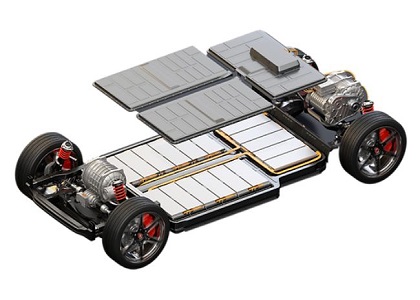
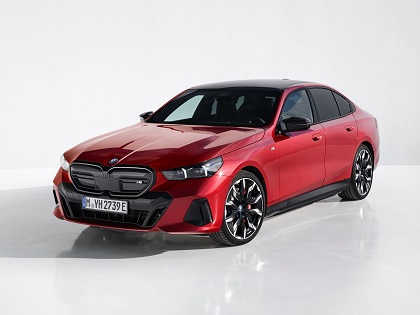
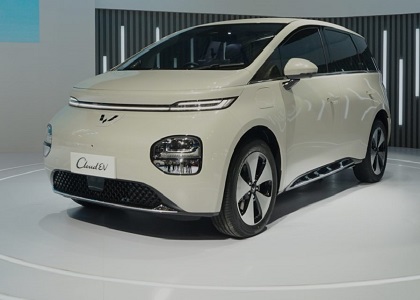
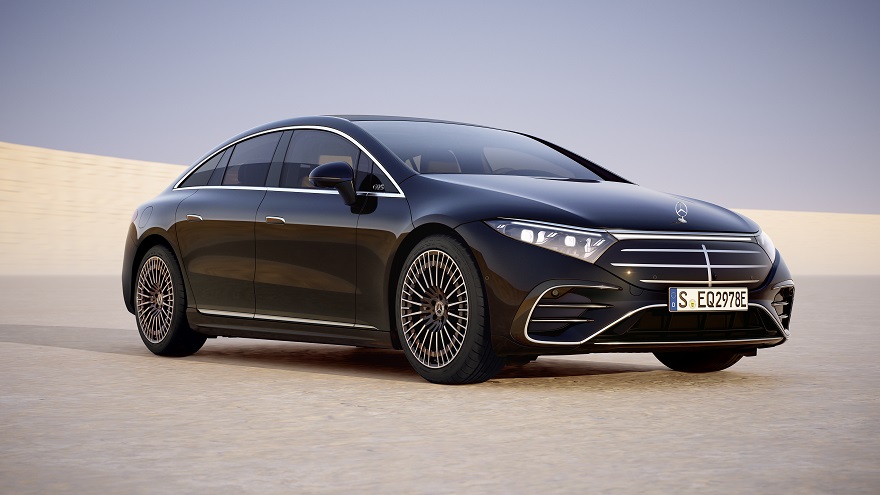
May 17, 2024
Category: